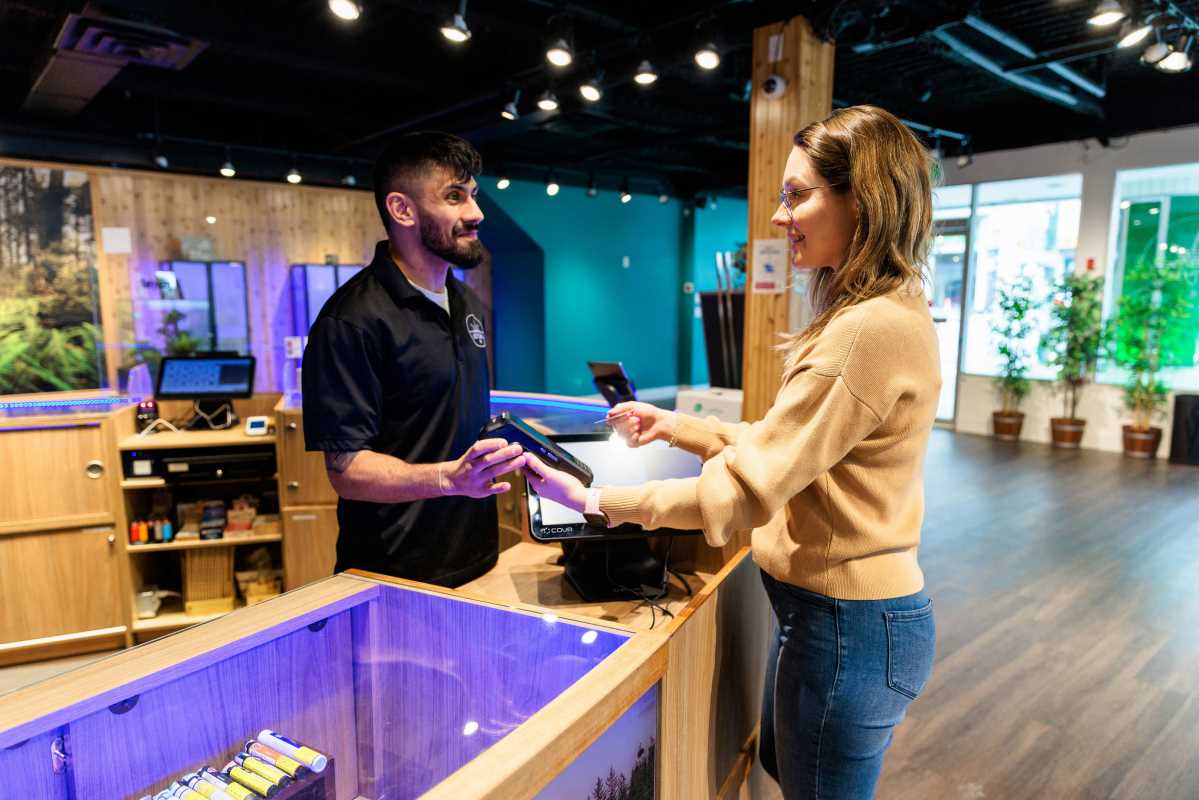Sustainability is a core practice for successful businesses, not just a passing trend. For small business owners, integrating sustainable values doesn’t just benefit the planet, but it can also boost long-term profitability and brand loyalty. Regenerative branding takes sustainability a step further by focusing on practices that actively put more back into ecosystems and communities than what is taken. This blog will break down the concept of regenerative branding, explain why it’s crucial for sustainable growth, and highlight practical tactics you can use to adopt this forward-thinking approach. By the end, you’ll walk away with actionable insights to grow your business responsibly while building trust with your customers.
What Is Regenerative Branding?
Regenerative branding is about doing more than reducing harm. It actively creates a positive, lasting impact on people, communities, and the environment. While sustainability focuses on minimizing damage and maintaining balance, regeneration focuses on improving systems. It’s a holistic approach to business that incorporates environmental, social, and economic dimensions.
In addition to using recycled packaging, a regenerative brand might invest in planting forests, support initiatives to reduce ocean pollution, or promote social equity. The goal is to create a net-positive impact, fostering goodwill while addressing critical global challenges. According to BBMG, regenerative branding redesigns systems and tells stories that transform how people interact with brands and each other.
Why Focus on Regenerative Branding?
1. Build Customer Trust and Loyalty
Consumers today, especially younger generations, show a clear preference for environmentally friendly brands. McKinsey data reveals that 48% of millennials are willing to pay more for sustainable products. By going beyond basic sustainability and adopting regenerative practices, businesses can demonstrate their commitment to meaningful change, earning consistent trust and loyalty from their customers.
2. Differentiate in Crowded Markets
Standing out in a competitive market isn’t easy, particularly for small businesses. Regenerative branding offers an authentic edge by showing customers measurable actions rather than vague promises. Businesses that actively contribute to positive change are more likely to attract attention and loyalty.
3. Improve Efficiency and Lower Costs
Regenerative practices often reveal ways to optimize operations. For example, switching to renewable energy not only cuts emissions but can also lower utility bills. Similarly, reducing waste or reusing materials within your supply chain can improve cost efficiency while benefiting the environment.
4. Adapt to Changing Regulations
Governments are increasingly adopting strict environmental laws. By moving ahead of the curve and making regenerative practices part of your business model now, you can ensure your business is well-positioned to meet future regulations and compete effectively.
Regenerative Branding Tactics You Can Use
1. Prioritize Regenerative Products and Materials
Evaluate the materials you source and the products you offer. Can you move toward more regenerative options? For example, if your business involves clothing production, consider organic, pesticide-free cotton or fabrics that adhere to circular economy principles, where materials are recycled and reused.
A practical example is shoe brands that plant trees for every pair sold while using biodegradable materials in their shoes. Such approaches showcase a commitment to both eco-friendly materials and global reforestation.
2. Engage in Local Community Projects
Small businesses often have deep connections to their local communities. Leverage this by supporting initiatives such as green spaces, community gardens, or local biodiversity projects. These activities not only help the local ecosystem but also establish your business as a community partner that genuinely cares.
3. Tell Your Regenerative Story
People are inspired by storytelling, especially stories that show real impact. Use your brand’s platforms, such as social media, newsletters, or packaging, to share what your company is doing to regenerate. Share milestones and results, and celebrate the collaborators or nonprofits you support.
For instance, if you’re a small café, highlight partnerships with coffee farms using regenerative agriculture. Show customers how their daily coffee purchase supports environmental restoration.
4. Start Take-Back or Recycling Programs
Extend the lifecycle of your products by implementing take-back or recycling initiatives. A skincare business, for example, can encourage customers to return empty containers with incentives such as discounts or exclusive offers. These programs not only reduce waste but also increase customer touchpoints, strengthening loyalty.
5. Collaborate With Like-Minded Businesses
Partnerships amplify impact. Team up with other businesses or nonprofits that share your regenerative goals. For instance, you could partner with a local nursery to co-host events where a portion of all sales funds reforestation projects. These partnerships not only share resources but also introduce both businesses to wider audiences.
6. Set Clear, Measurable Goals
Track and share the impact of your regenerative initiatives. For example, you can aim to reduce your energy consumption by 25% in a year or commit to sourcing 50% of your materials locally by a set date. Measuring progress builds accountability and shows customers your dedication to transparency.
To make this easier for smaller businesses, tools like carbon footprint calculators and free energy trackers are widely available online.
Adopting regenerative branding is a profound way to positively influence people, communities, and the environment while maintaining sustainable growth. By investing in regenerative practices, small businesses can lead with purpose, inspire loyalty, and differentiate themselves in an increasingly eco-conscious marketplace.
You don’t need to change everything at once. Start small. Choose one or two tactics from this list and see how they fit your business model. Over time, these small changes can build into meaningful progress that benefits your business, your community, and the world. Today is the perfect time to start thinking about not just sustaining your business, but regenerating the systems that support it.







